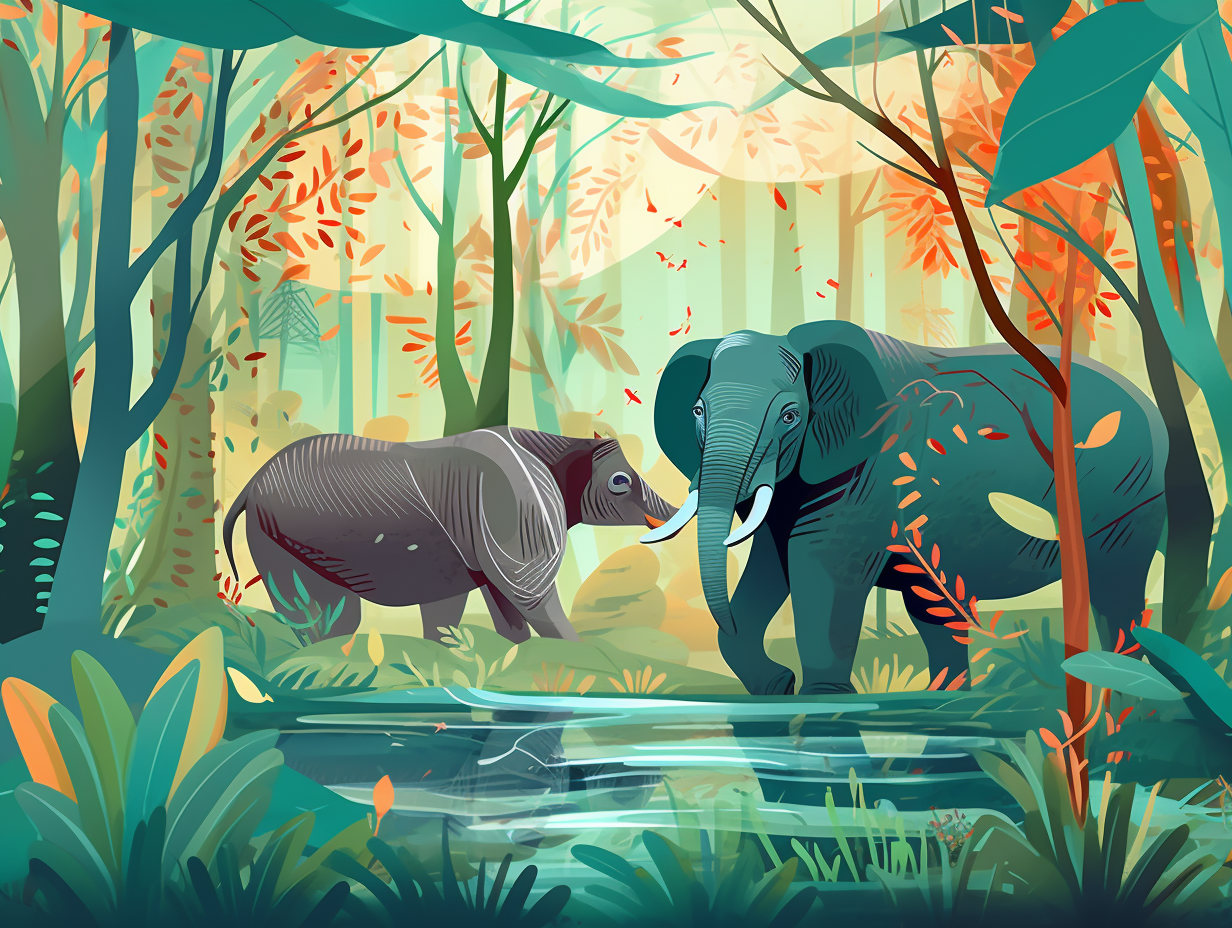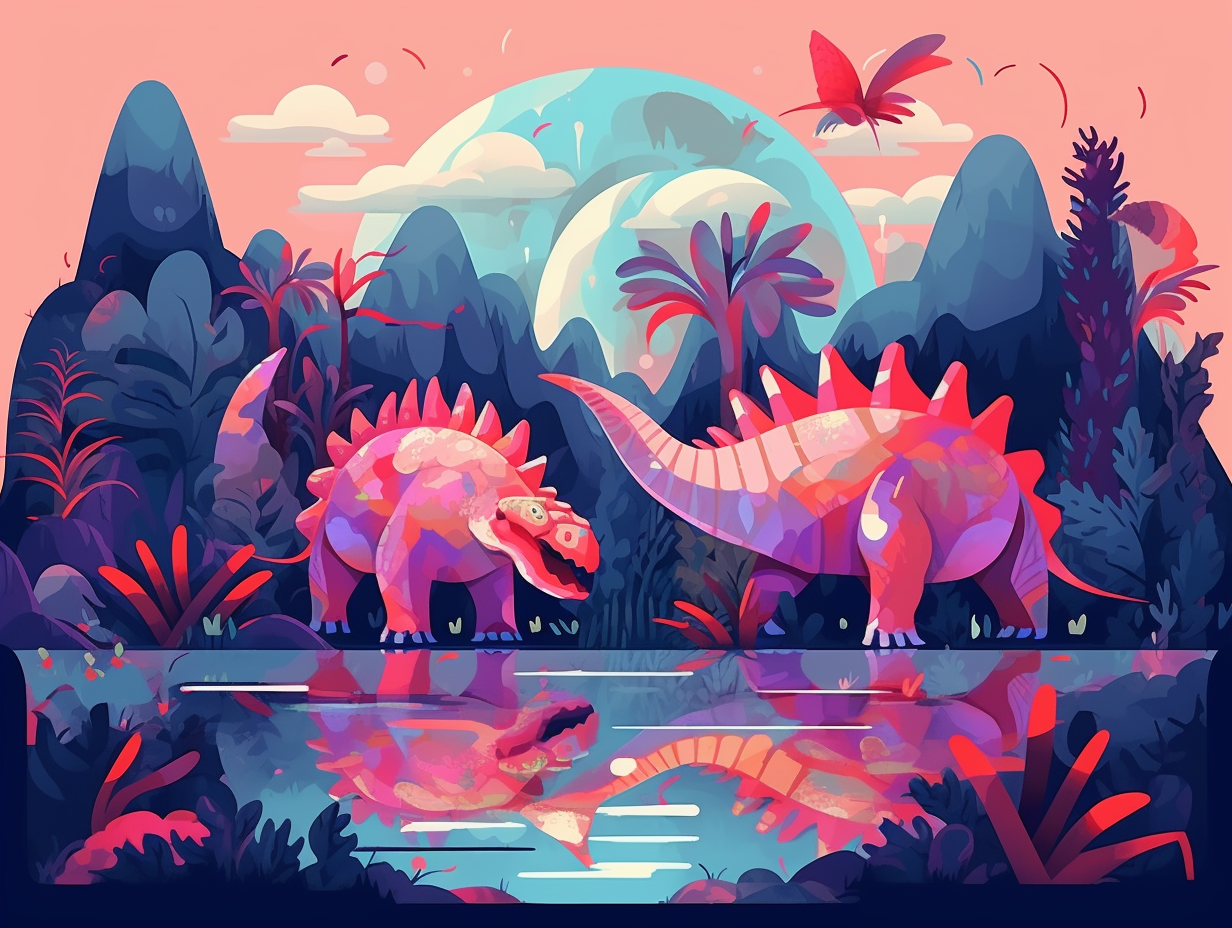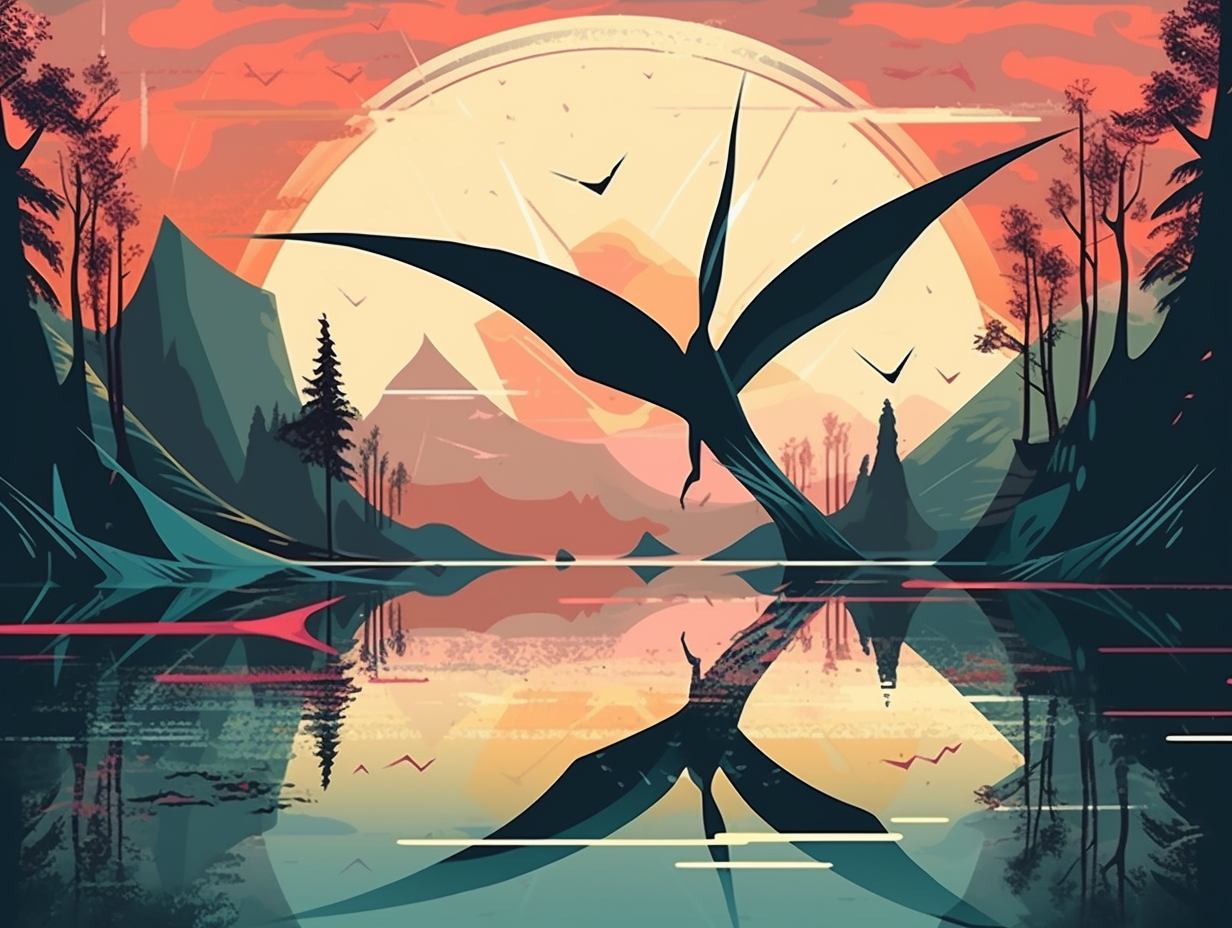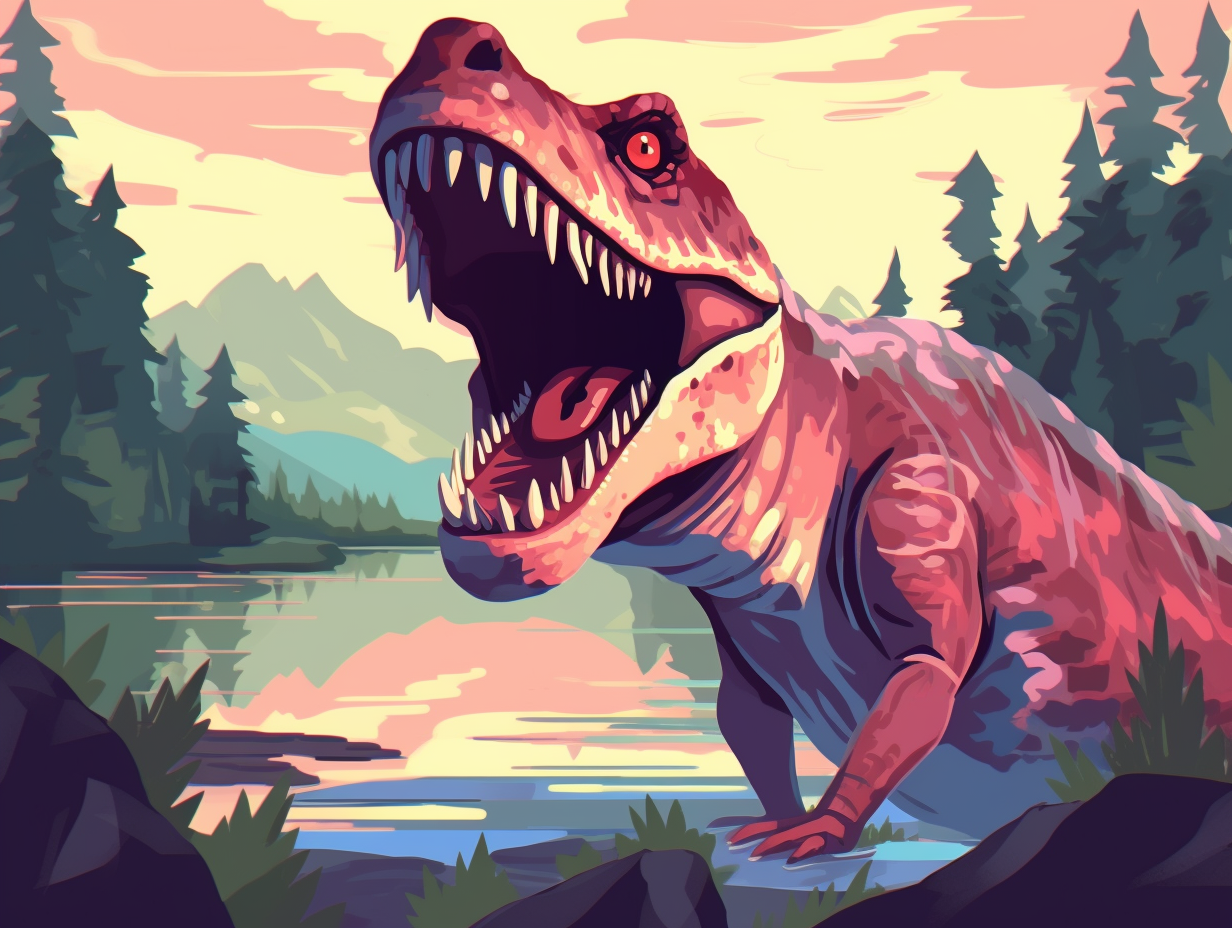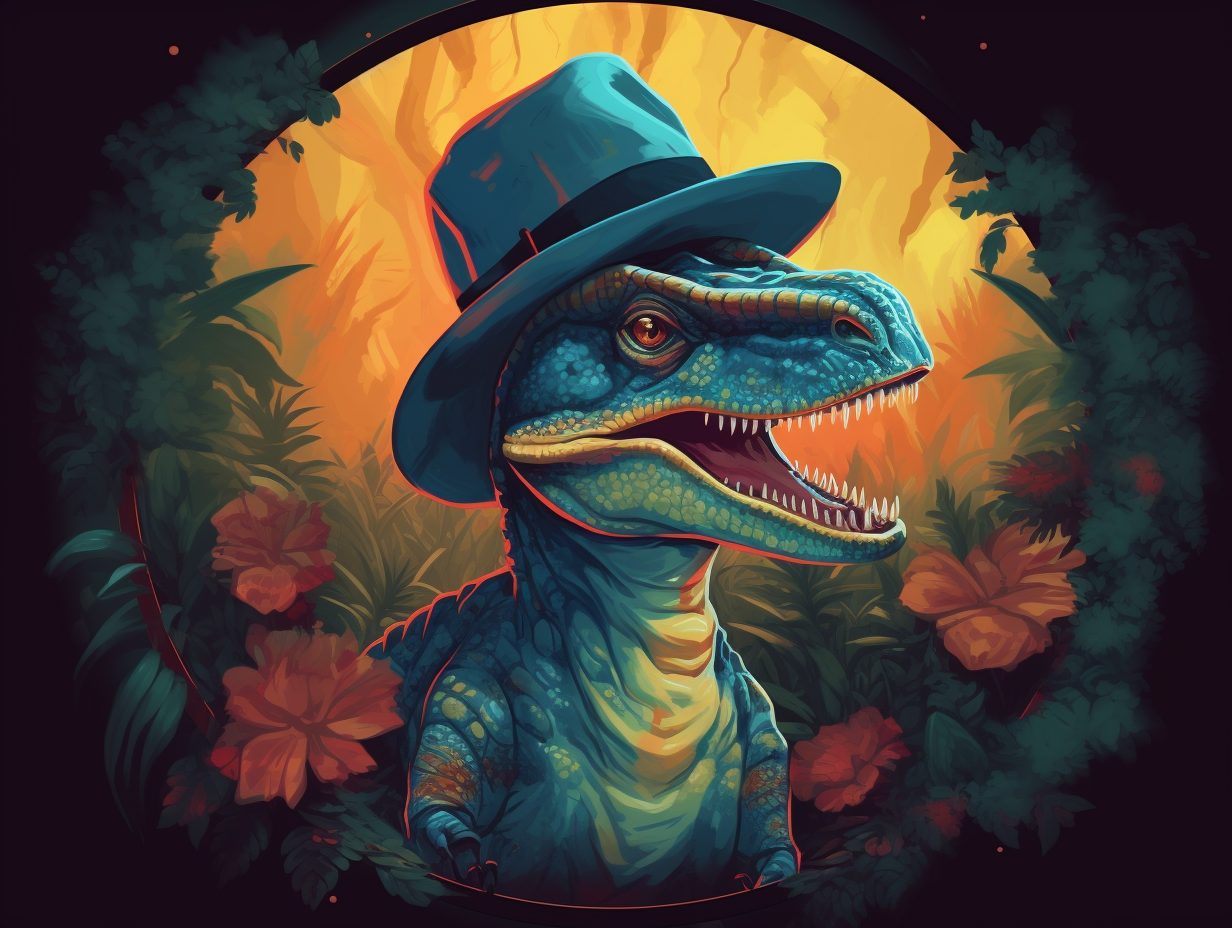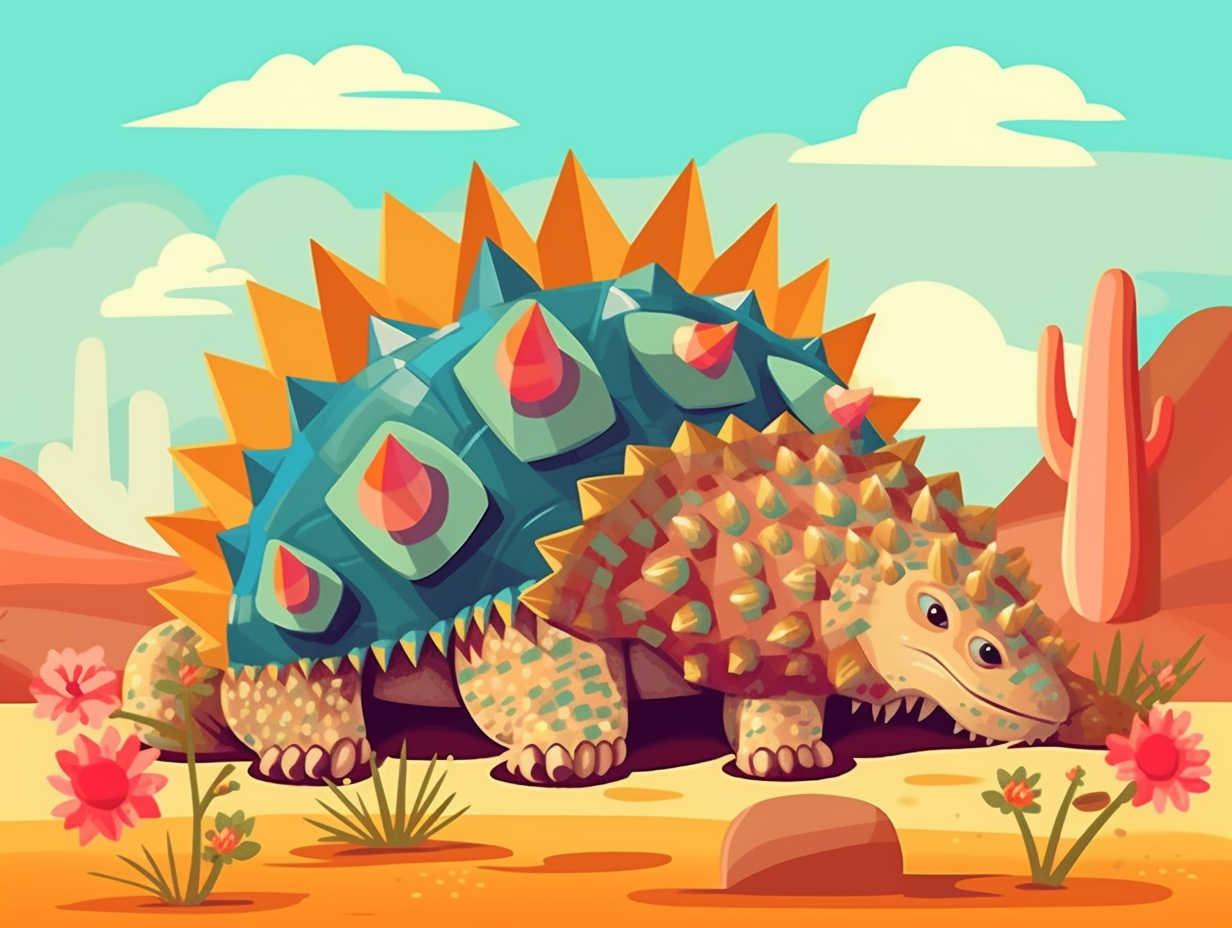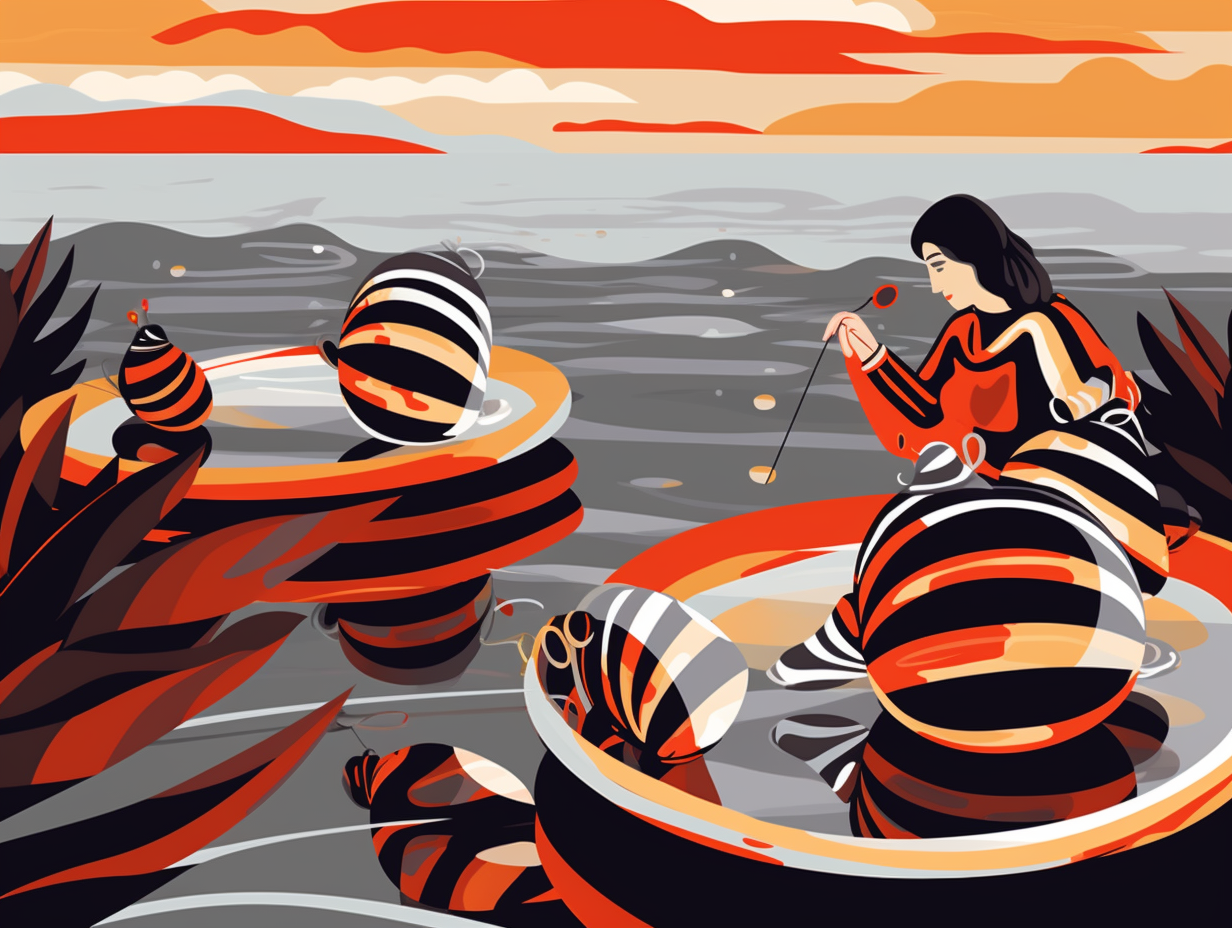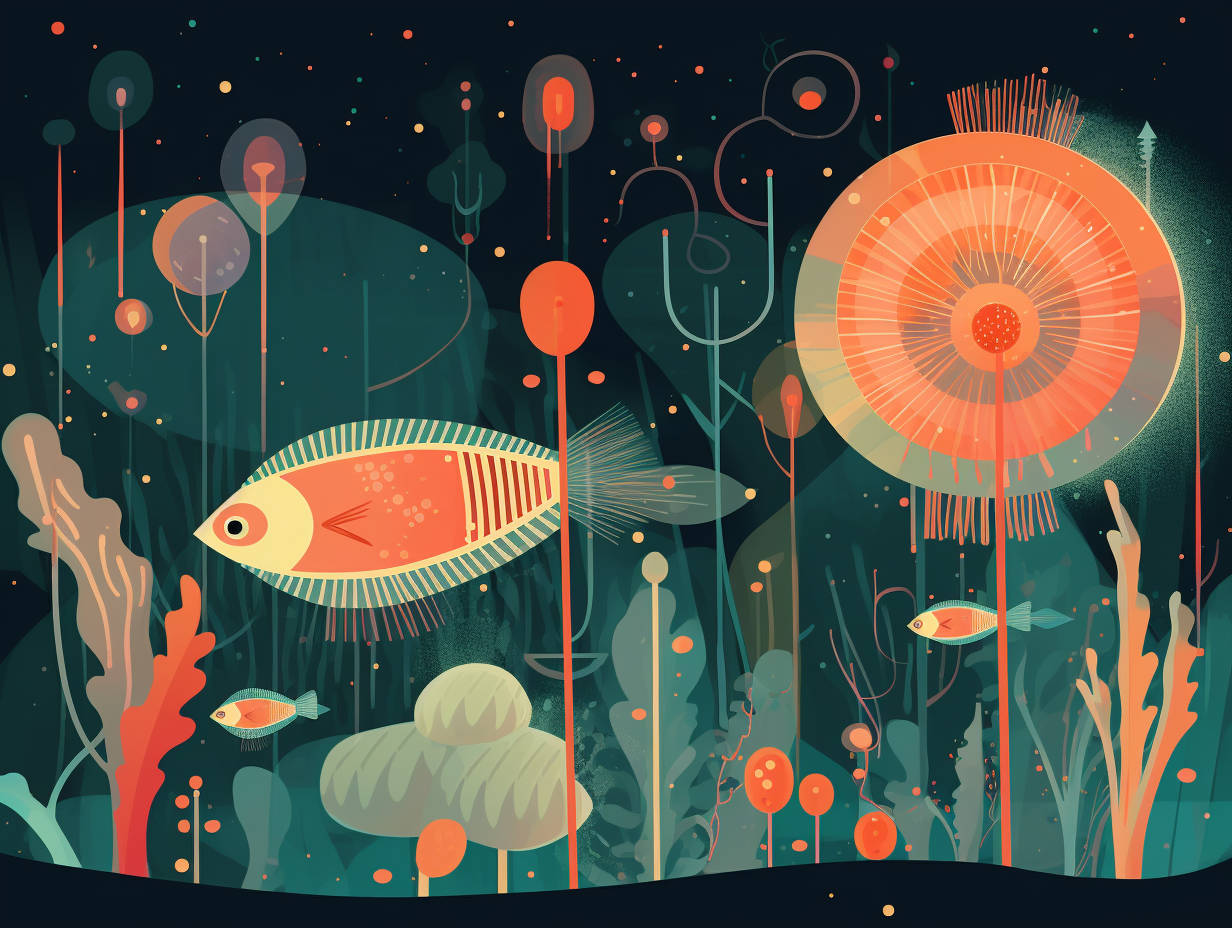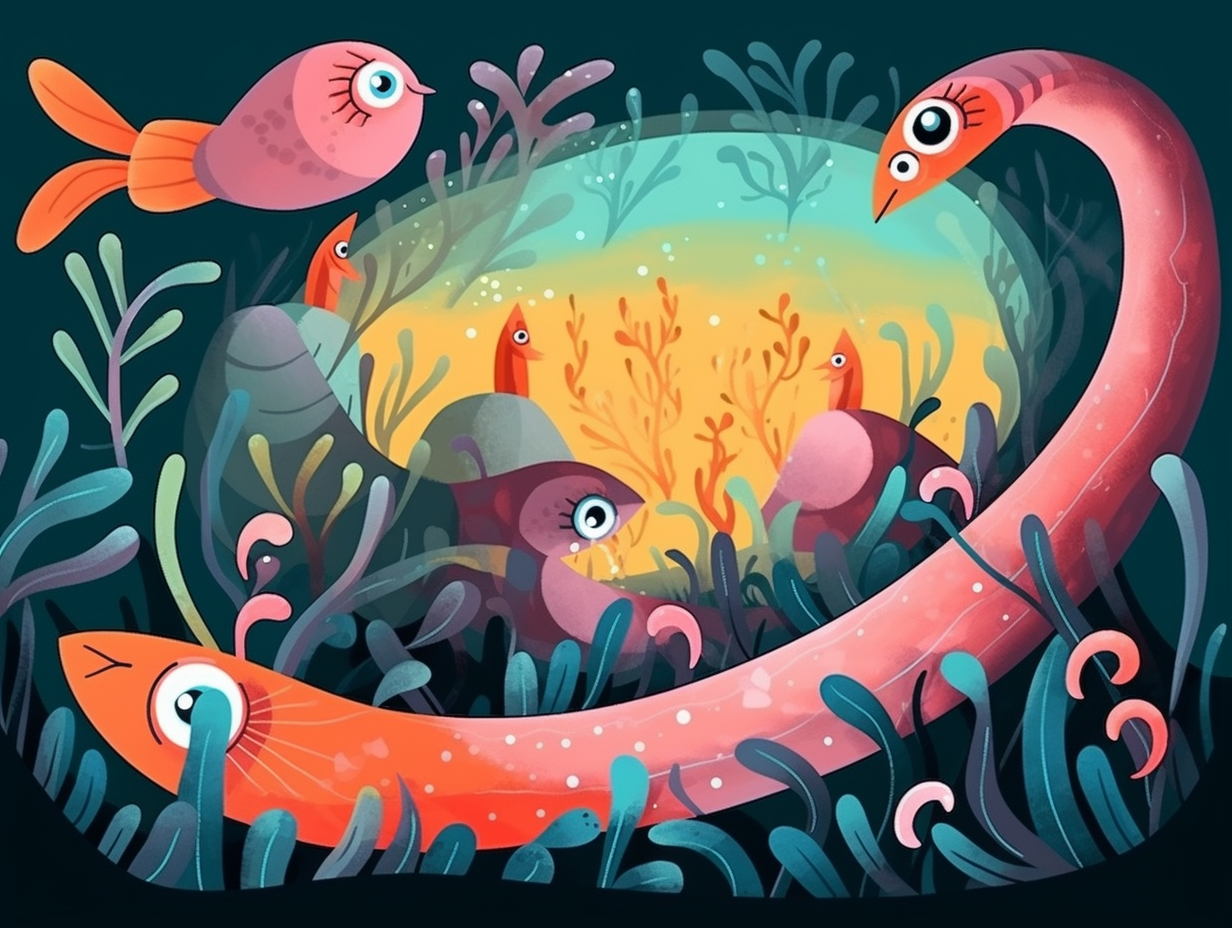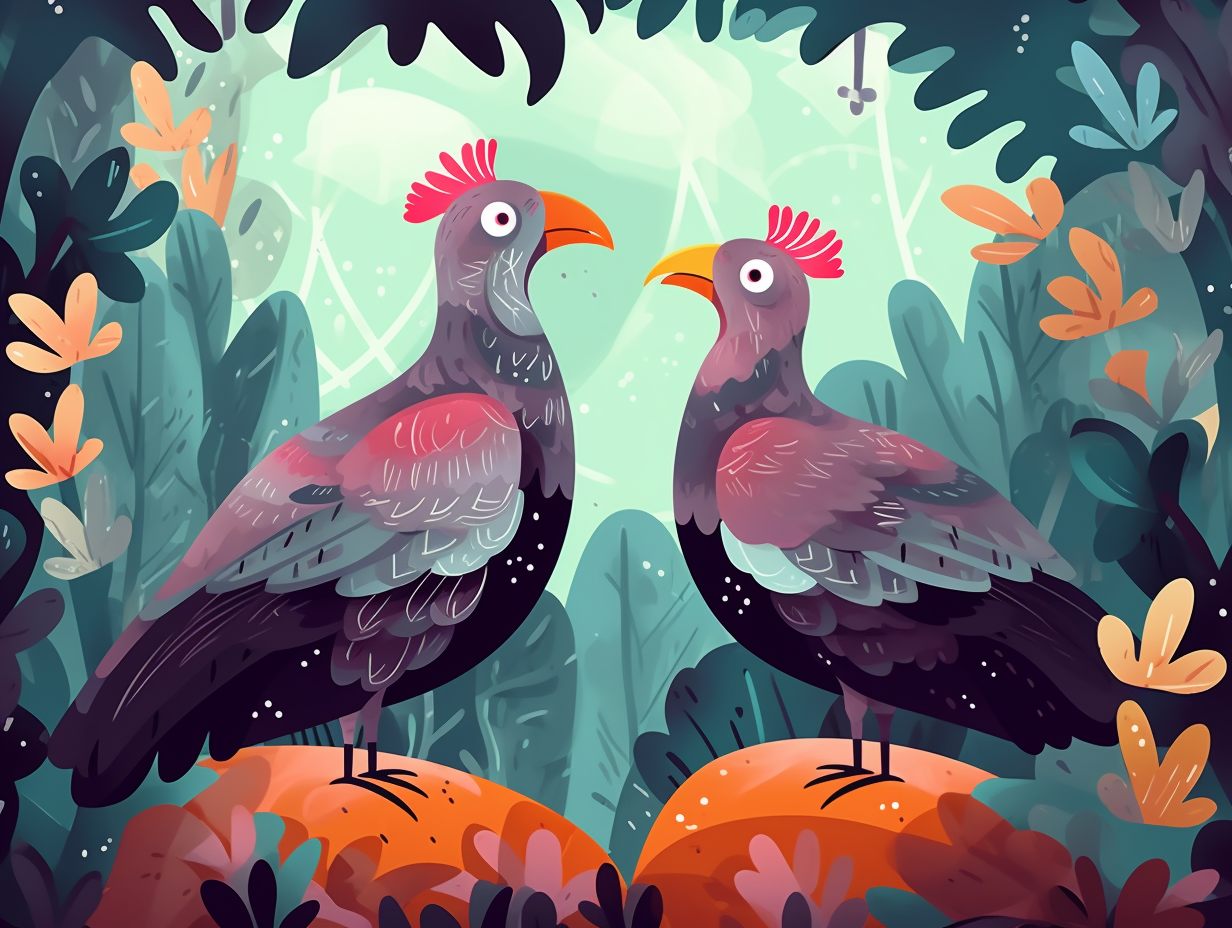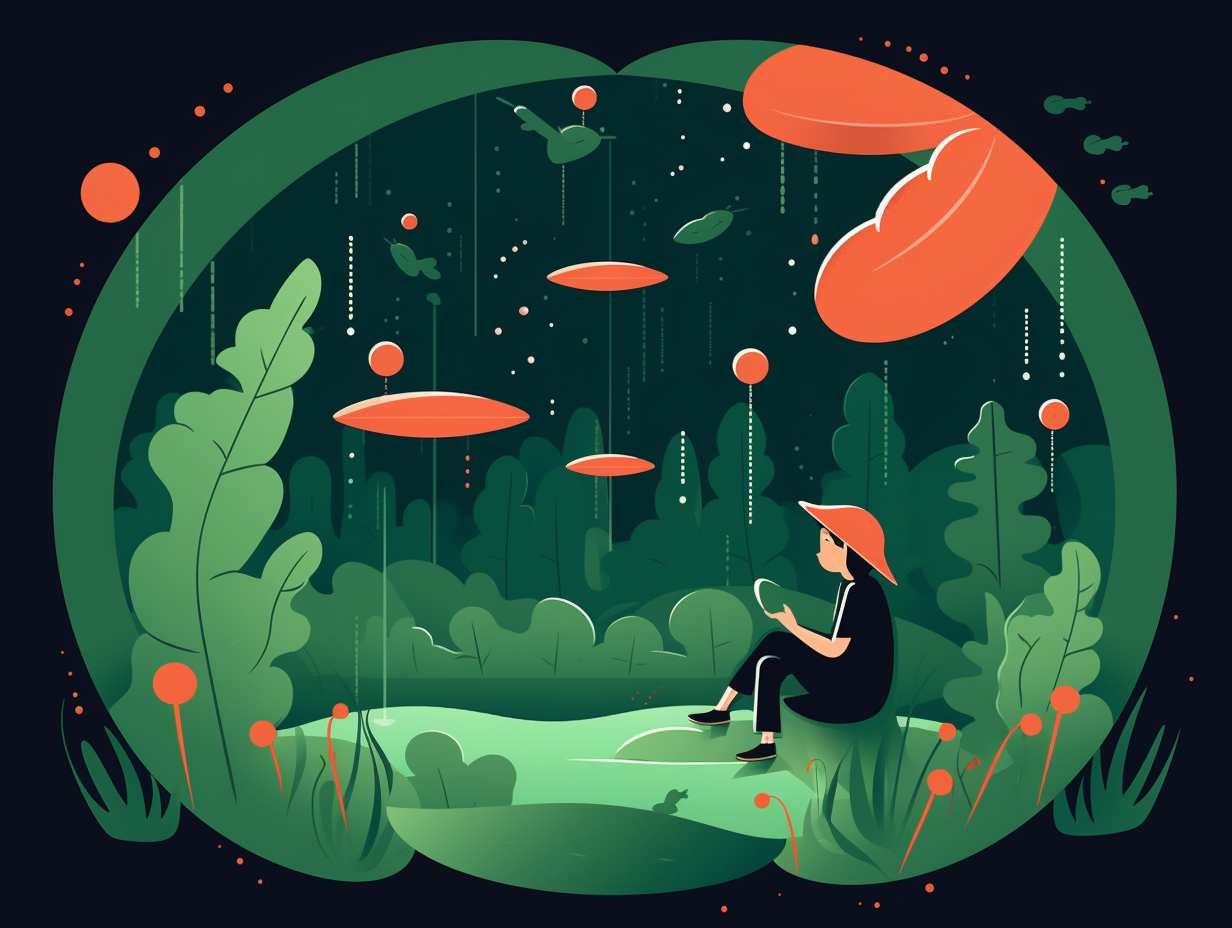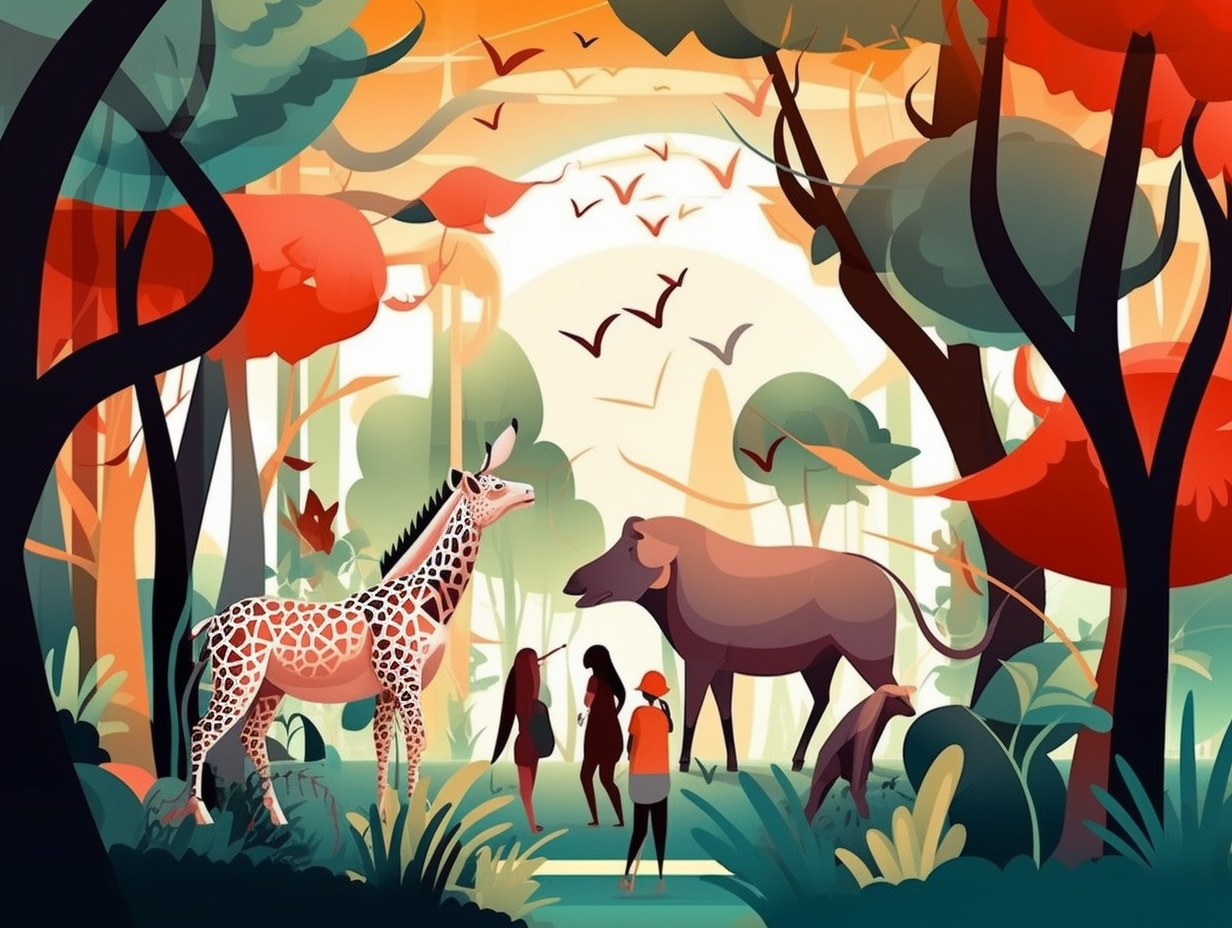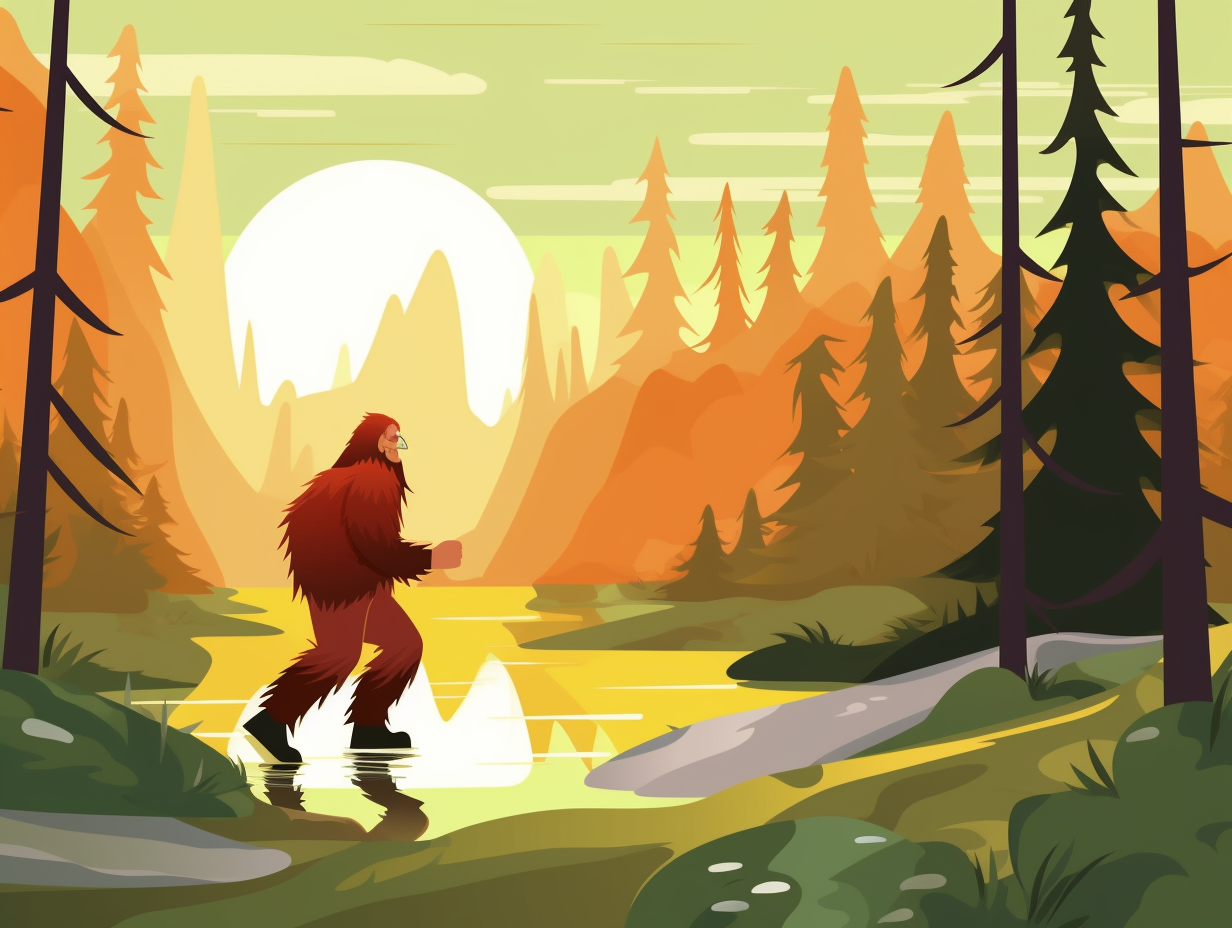Discover the Top 11 Trilobite Fun Facts: Unearthing the Secrets of These Ancient Creatures
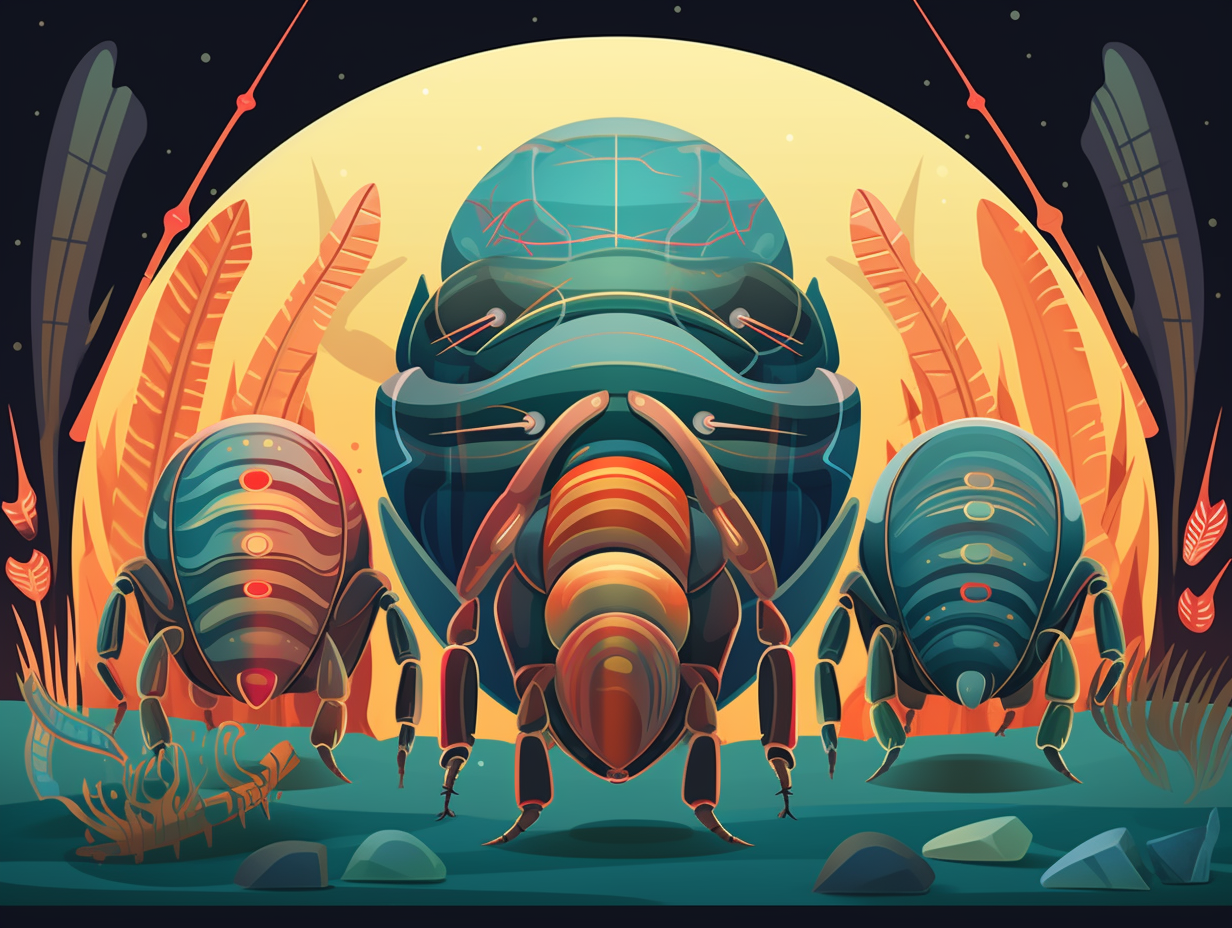
1. Sherlock Holmes of the Cambrian Oceans
These trilobites must have been the Sherlock Holmes of the Cambrian oceans, using their many-legged magnifying glasses and impeccable sleuthing skills to track down their unsuspecting prey: In reality, evidence from fossilized burrows and trails in southeastern Missouri shows that trilobites were skilled visual predators that selectively hunted their prey from above, with their large eyes and numerous legs, displaying sophisticated hunting behavior more than 500 million years ago.
Source => futurity.org
2. The Kardashian-like Trilobites
Before the Kardashians, there were the trilobites, gracefully gracing the seabed and even crawling onto land for their dramatic appearances in the Paleozoic: These marine arthropods boasted over 22,000 species, living for 270 million years and taking on roles such as predator, scavenger, filter feeder, and even partnering with sulfur-eating bacteria for nuptial nourishment.
Source => en.wikipedia.org
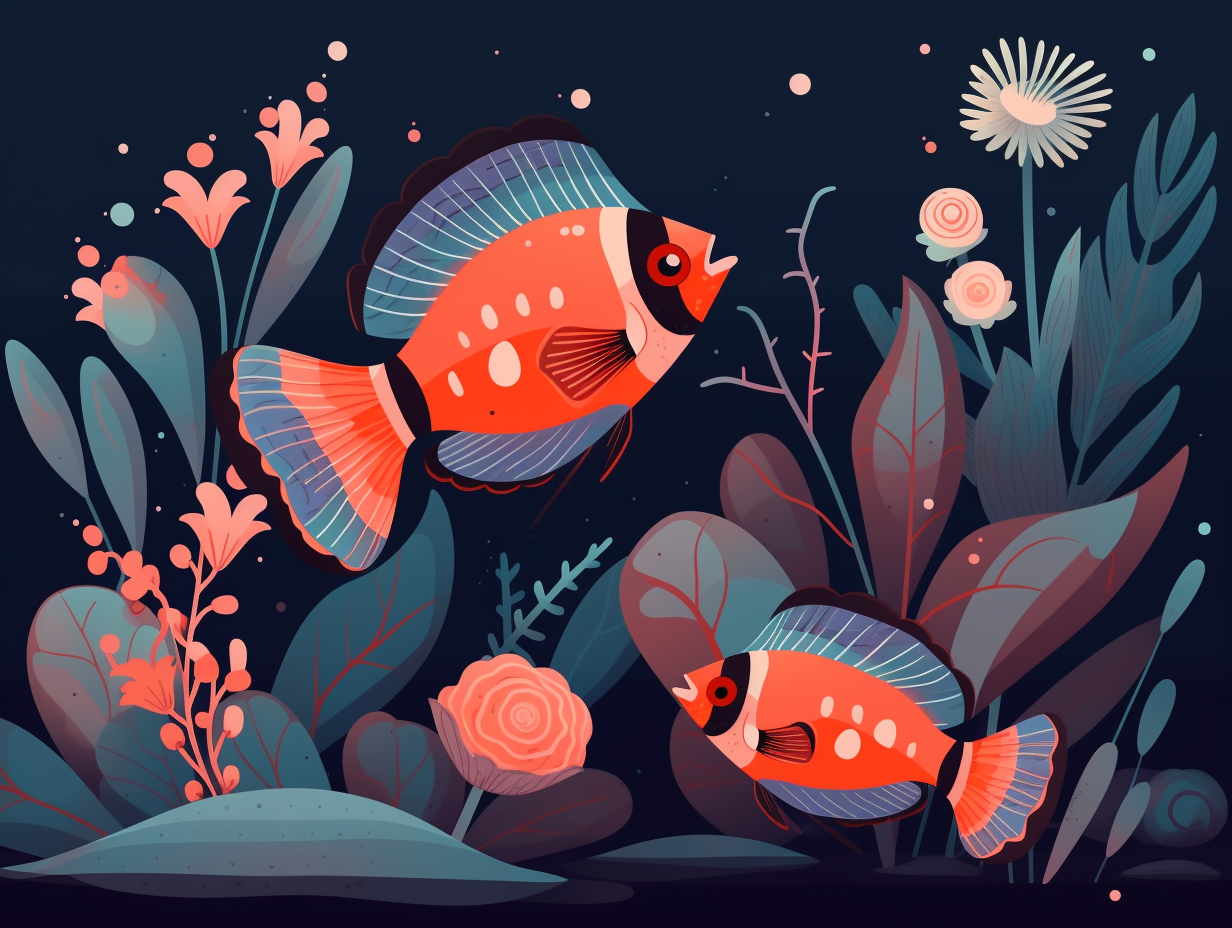
Did you know starfish can regenerate lost limbs and even their entire body with just their central disk intact? This fascinating ability has scientists starry-eyed for potential human cell repair! Discover more amazing invertebrate facts.
=> Fun Facts about Invertebrates
3. Trendsetting Tri-Lobes
Before there were rocking "tri-lobes" in fashion, there were trilobites, setting a trend for 250 million years with their three-sectioned exoskeleton style: These ancient arthropods sported a raised central lobe called the "axis," accompanied by two pleurae lobes which let them show off their secrets to sartorial defense—rolling up into a ball like a prehistoric runaway pillbug.
Source => australian.museum
4. Mineral Enthusiast Exoskeletons
Talk about having a tough outer shell: trilobites were like the mineral enthusiasts of the ancient seas! Sporting exoskeletons made of low-magnesian calcite, these prehistoric fashionistas strutted their stuff thanks to diagenetic processes that determined their hardy (and stylish) armor.
Source => palass.org
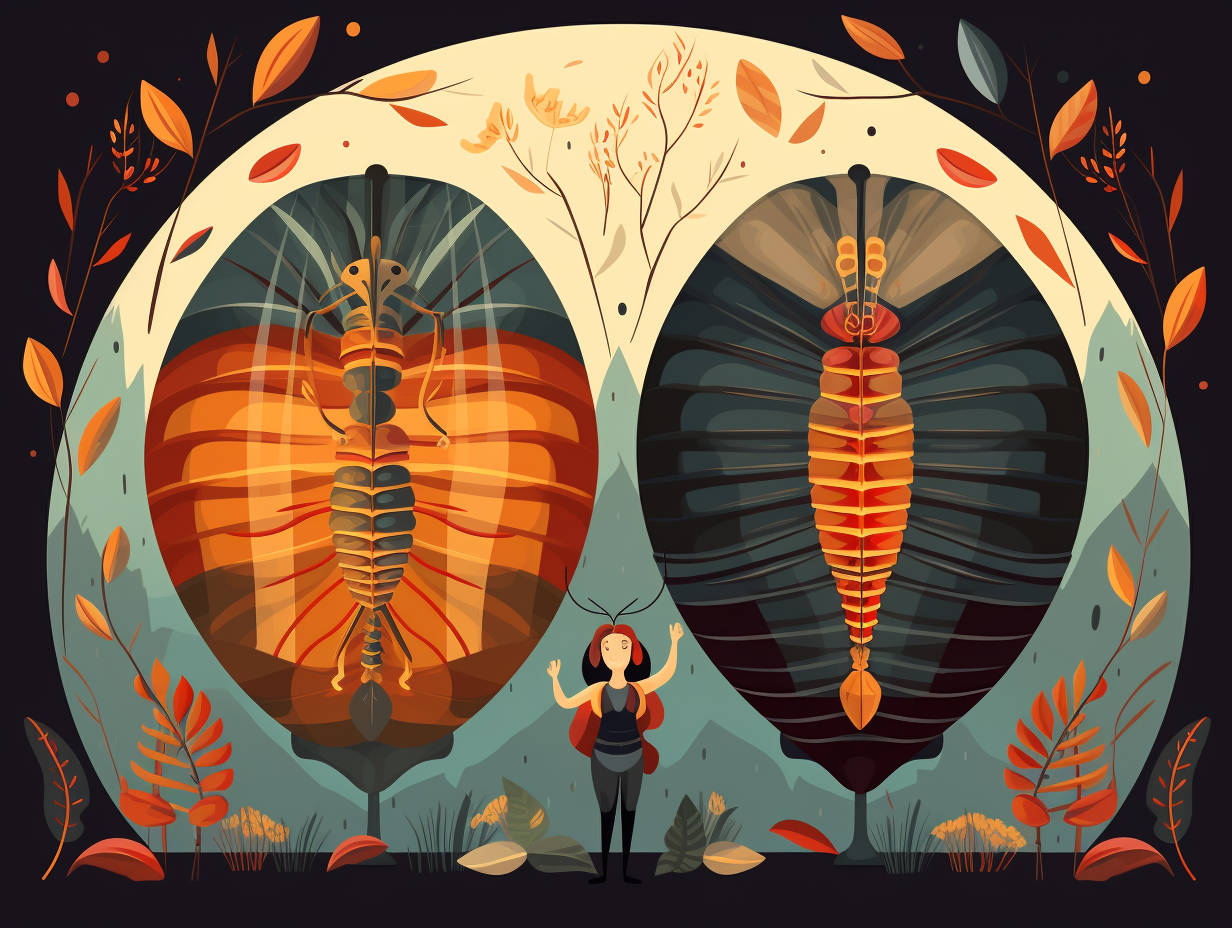
5. Most Diverse Multicellular Animals
Once upon a time in a galaxy far, far away – or maybe just Earth 520 million years ago – there lived a collection of little critters that made quite the impression: trilobites were once the most diverse group of multicellular animals! These extinct arthropods frolicked around from the early Cambrian to the end of the Permian period, morphing into little space-rock-like fossils that housed some of the most species-rich, completely extinct group of arthropods known to humankind. Talk about a blast from the past!
Source => australian.museum
6. Ancient Rolly-Polly Pioneers
Before yoga masters and hedgehogs made it cool, the original rolly-polly pioneers were scurrying across the ocean floor: Trilobites were the first animals to roll themselves into a ball for protection 500 million years ago, inspiring modern-day chitons to continue the tradition not only for defense but also as a convenient way to reattach themselves after losing their footing or when threatened by hungry predators like ocher sea stars.
Source => nytimes.com
7. Size Does Matter
Whoever said size doesn't matter never met a trilobite: these ancient underwater critters boasted a staggering 20,000 species, ranging from nearly microscopic to a whopping two feet in length, and feasted on everything from detritus and dead organisms to playing active predator roles during the Paleozoic Era.
Source => dnr.mo.gov
8. Sheddin' My Shell Comedy Routine
Did you hear the one about the trilobite comedians who got away with their "sheddin' my shell" routine for millions of years? Yeah, they really had the crowd in stitches – or should we say, sutures! On a more serious note: trilobites had facial sutures that allowed them to shed their exoskeleton periodically for growth, and these moulting configurations can sometimes be found preserved in fossils, showing us an ancient example of arthropod behavior.
Source => australian.museum
9. Intimate Ancient Arthropod Romance
Talk about holding tight onto love or, rather, your lover: the Olenoides serratus trilobites, during their mid-Cambrian mating season, would use their fancy pair of mini-appendages as built-in grappling hooks to cling to their partners. This ensured successful fertilization while gaining a spot in the Intimate Ancient Arthropods Hall of Fame – in which they'd proudly neighbor modern-day horseshoe crabs. Evidence was provided by a steamy fossil discovered in the seductive realms of the Burgess Shale.
Source => livescience.com

10. Undersea WrestleMania
WrestleMania, eat your heart out: trilobites were ancient undersea grapplers, using their many legs to wrangle wormlike targets into submission, even sneaking up on their prey via their burrows in a prehistoric covert operation captured in fossilized imprints found in Missouri!
Source => livescience.com
11. Doctor Who Trilobite Connection
That one time when Doctor Who stumbled into paleontology: British actor Tom Baker, who portrayed the fourth embodiment of the time-traveling Doctor, unwittingly journeyed into the realm of ancient, extinct creatures when a trilobite species was named in his honor – Gravicalymene bakeri. The fascinating fossil had quite the serendipitous discovery, with paleontologist Dr. Ebach unearthing it during a bathroom break in Gunns Plains, Tasmania, igniting Dr. Smith's scientific pursuits and eventual expertise in bio-stratigraphy, the art of dating Earth's rocks and their rich history. Alas, the trilobites met their untimely end during the Great Permian Extinction around 252 million years ago, a truly "exterminate"-ing event.
Source => forbes.com
Related Fun Facts

